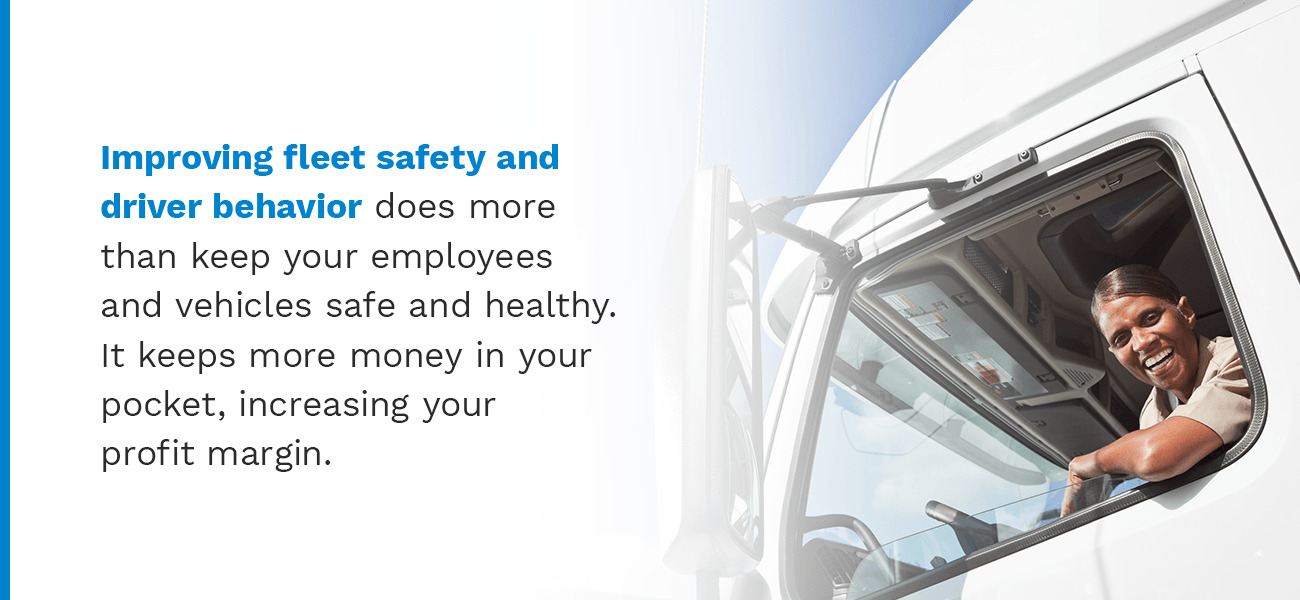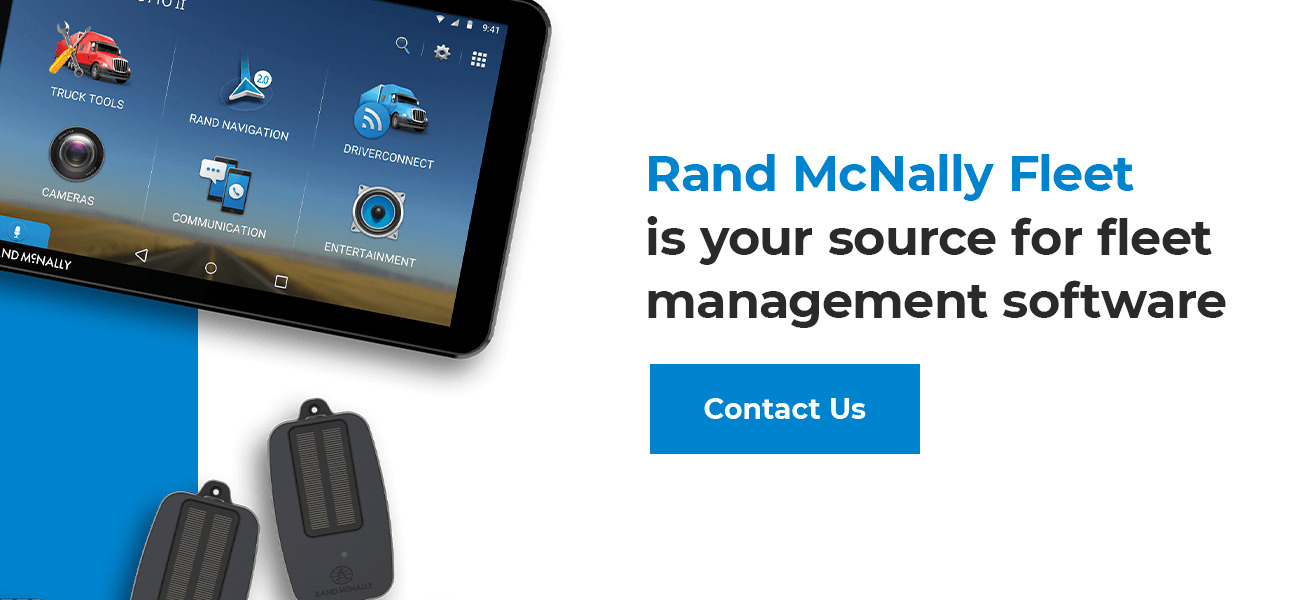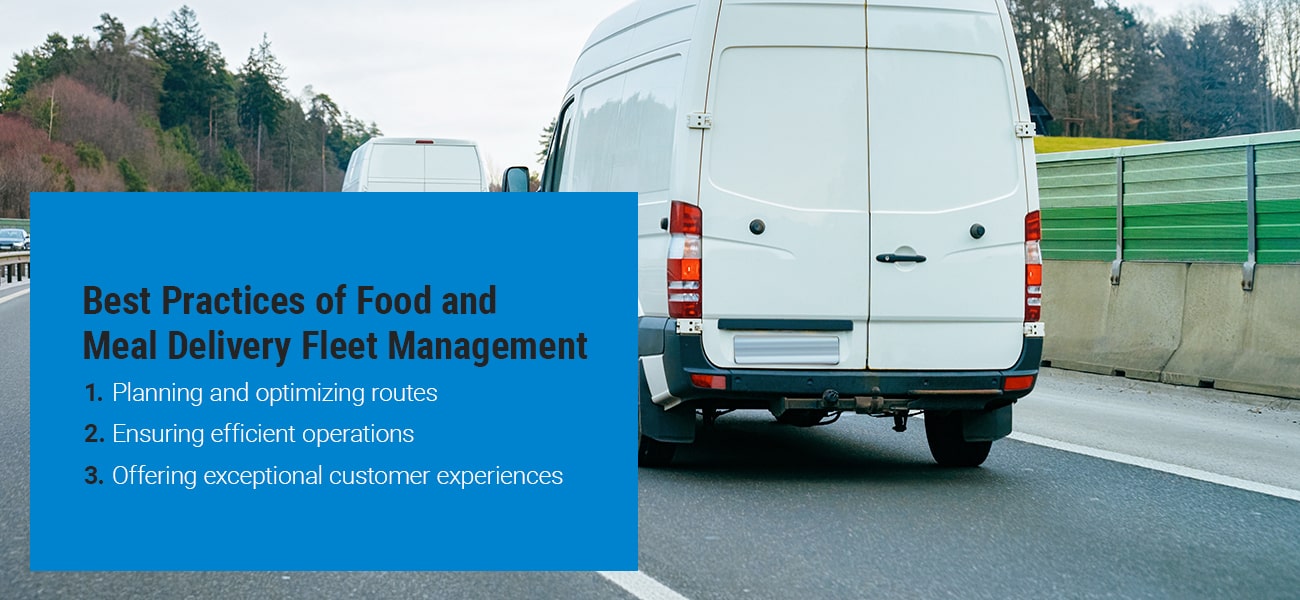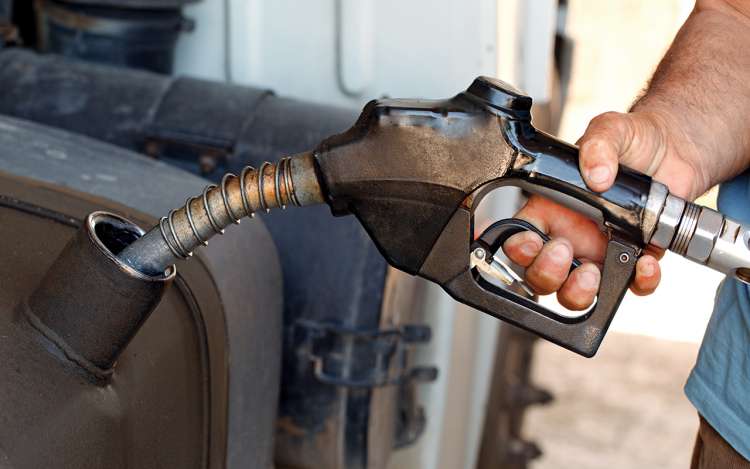The Ultimate Guide to Fleet Data
Fleet metrics are the key to running a successful business. With today's advancements in digital technology, collecting fleet data is easier and more intuitive than ever before. The latest fleet data management hardware and software have provided businesses with new ways to use fleet data. You can use these exciting advancements to learn more about your fleet and how you can improve your operation. This can help you reach your business goals and serve more clients along the way.
But using data to improve fleet operations may feel like it's easier said than done. In the past, people tracked their fleet data by word of mouth, spreadsheets, sticky notes, and calendar reminders. In today's digital world, those methods of the past aren't going to cut it. Modern fleet management metrics can bring your business to the next level. In this article, we'll show you how to track fleet data with modern technology so you can understand the true value of fleet data for your business.
![]()
What fleet data you should be tracking
You need to know what fleet metrics to track if you want to use your digitized fleet data to its full potential. Tracking fleet metrics is the key to knowing which areas of your fleet need improvement and which are meeting or exceeding your business goals and key performance indicators (KPIs). Here are some of the fleet metrics you should track:
- Safety incidents: Safety is one of the most important forms of fleet management data. A safe fleet is a productive fleet, and fewer accidents will help you save money.
- Hours of service (HOS) violations: Laws mandate that your fleet drivers stay below the maximum allowance for hours worked in one day. Tracking this fleet management data and monitoring the daily hours of your drivers can help you make sure they stay within the legal limit.
- Fuel management: The cost of fueling up your fleet is one of your company's biggest and most consistent expenses. Fleet data metrics can let you know how much you're spending on fuel, and where your fleet is consuming it the most.
- Engine hours: This data will tell you how many hours each vehicle in your fleet has been used over a set time. As you'll see later, this is helpful for business for many reasons.
- Route performance: This fleet management data metric gives you insight into the routes your drivers take every day to complete their assignments.
- Time on site: One of your duties as a fleet manager is to know how your drivers are performing throughout the day. Know if they're taking longer on certain sites with metrics for tracking the time they spend at each stop.
- Inspection results: When you're operating a fleet, you have to ensure each machine passes inspection to stay road or warehouse safe. Keep track of every machine's inspection history to help you set attainable fleet KPIs.
How to use data to improve fleet operations and performance
Now that you know the different metrics you should be tracking, you need to understand what they're good for. The bottom line is that the information gained from these metrics can change the way you run your fleet, increasing your efficiency and profits along the way. Using data to improve fleet performance is the goal of every fleet manager. We're here to show you can do this.
With the fleet performance metrics we mentioned above, you can open the door to new possibilities to enhance your fleet operations. These metrics can help you set realistic KPIs to see the areas where your fleet is excelling — and the areas where they're falling short. Every day offers an opportunity for improvement, and fleet management KPIs, with the right data to back them up, can help you get there.
So the question remains: how do you use fleet data to improve fleet operations and performance? In this section, we'll take a closer look at five of the most beneficial ways you can use the data metrics you receive to help your fleet perform better than it ever has. Read on to discover the advantages tracking fleet data can have for your business.

1. Improve fleet safety and driver behavior
If you're a fleet manager, the safety of your crew and the vehicles they drive is at the top of your priority list. Fleet safety and incident prevention go hand in hand. That's why improving the safety of your fleet — and stopping accidents before they happen — is one of the best ways to use fleet data. Each driver is responsible for their own actions during the workday. Fleet data can help you improve your drivers' performance and foster a work culture of job site safety.
The latest fleet data management technology can help you gather the data you need to encourage the best driver practices and safety protocols. Get information on driver behavior to know which drivers in your fleet comply with your safety regulations and which are pushing the limits. Keep track of data like speeding, load weight, and even breaks and lunches. You can talk to any drivers who need a safety reminder or even pinpoint who needs more safety training to ensure they meet safety regulations in the future.
Improving fleet safety and driver behavior does more than keep your employees and vehicles safe and healthy. It keeps more money in your pocket, increasing your profit margin. Damage in the warehouse or accidents on the road can lead to costly repairs, medical bills, and workers' compensation. It's in everyone's best interest to keep track of your fleet's safety metrics so you can limit these scenarios. Keep your drivers at work and more money in everyone's pockets with fleet safety metrics.
2. Optimize your routes
You can use fleet data to help you optimize your routes and take your business performance to the next level. Each day, you map out routes for your drivers, transporters, and delivery service people. You plan for certain departure and arrival times to meet your quota, and your customers expect prompt deliveries to meet their own schedules. Yet, your planned route performance and how your drivers actually perform can be two different things. This can leave a wide gap between driver performance and route performance goals.
With the right data, you can track your KPIs to meet your route performance goals. You'll be able to tell which routes are taking longer than expected and which deliveries are occurring later than you anticipated. This is where the "time on site" metric comes in. With global positioning system (GPS) tracking technology, you can know where your drivers are on their routes, how long they're on the road, and how much time they spend at each site.
Are certain stops taking longer than others? Some drivers may be slower on sites, so you may need to do some moving around to achieve greater efficiency. Another reason for decreased efficiency could be the route itself. Is there a faster way for your drivers to get to their destinations? Do you need to add another driver to a region to cut down on the existing drivers' travel times? All these factors play into optimizing your routes, and the right data can help you streamline the process.
.jpg?width=1300&height=600&name=04-Improve-fuel-efficiency_(1).jpg)
3. Improve fuel efficiency
As we mentioned above, the cost of fuel is one that you work into your budget every day. Besides being an expected cost, it could also be one of your fleet's highest expenses. While refueling your fleet is necessary, the cost isn't out of your control. With fleet data, you can take steps to increase fuel efficiency. That way, you can spend less at the fuel pump and more on other areas of your business.
Here are some of the ways fleet data can help you improve fuel efficiency and save money on gas:
- Locate gas guzzlers: Some of your vehicles may consume more gas than others. If this is the case, you may want to consider a visit to the mechanic to locate any problems with the fuel system. Or, you may want to replace the truck with something more fuel-efficient.
- Optimize routes: The chosen route may be the cause of a lack of fuel efficiency. Look for shorter, easier routes for deliveries and transportation to reduce the amount of fuel your fleet consumes.
- Address idle time: Idling can lead to decreased fuel efficiency and less money in your pocket. Use fleet data to uncover idling time and learn how much it's costing you.
- Retrain drivers: A lack of fuel efficiency can be a result of poor driving techniques. Fleet data can show you which drivers may need extra training to learn the best practices behind the wheel for the most fuel efficiency.
4. Reduce downtime and improve vehicle lifespan
Your business relies on the proper functioning of your entire fleet to meet your goals and make a profit. If even one vehicle in your fleet is giving you problems, it could mess up your entire operation. Unexpected repairs and downtime are a fleet manager's worst nightmare, so you should try to avoid them at all costs. With fleet data metrics, you can limit downtime and even improve the lifespan of the vehicles in your fleet.
Your vehicles are going to spend time in the shop for repairs, inspections, and maintenance. That's a fact of life when managing a productive fleet. You can get a jump on these issues by planning for them with fleet data. Set KPIs related to engine hours to know when it's time for certain vehicles to go in for routine maintenance. With these metrics, you can plan for vehicle downtime and adjust your schedule to meet your productivity goals.
Routine maintenance can also extend the life of your vehicles. The trucks in your fleet are an important and valuable business asset. You want them to last as long as you can get them to. Find issues before they occur and make sure each vehicle is operating properly in a healthy way. Track engine hours to know when it's time for more preventive maintenance and make sure no single vehicle is getting too much action. Keep productivity high and downtime low with vehicle analytics fleet metrics.
5. Improve customer service
As a fleet manager, you know that the ultimate goal of your business is to provide excellent customer service to your clients. Each of them expects prompt deliveries, helpful unloading, and even friendly service from your drivers from start to finish. Failing in any of these aspects could lead to dissatisfaction and fewer return customers.
The ultimate goal of using fleet data to improve operations is to enhance your customers' experience. Arriving on time is the biggest factor in achieving this goal. As you plan more efficient routes and reduce idling time, your drivers are more likely to make it to their destinations on time. If you use engine hours to practice preventive maintenance, you'll lower your chance of having a truck break down on the way to a delivery destination.
Use the data you receive to streamline your processes to make your customers happy. You can stay more organized, efficient, and helpful by analyzing the right data and using it to your advantage. Trim away the aspects of your operations that reduce your customer satisfaction and invest in what's working. You'll have all this information at your fingertips with fleet management data metrics.
How fleet management software helps
You have the data, but numbers can only tell you so much. Sometimes it's hard to make sense of the metrics you pull from your fleet. You need to be able to use the data you gather in an actionable way to enhance your business. Numbers on a spreadsheet may look pretty and organized, but how do you interpret fleet data in a way that helps your day-to-day operations?
This is where fleet management software comes in. The latest fleet data technology uses hardware installed on your vehicles to gather the data you want. The hardware then sends this data to a fleet management software platform on a phone, tablet, or PC. The software takes the data and displays it using intuitive graphics and interactive controls. The days of skimming through numbers on a spreadsheet are over. Now you can find the information you want and read it with ease thanks to fleet management software.
Access maintenance appointments, fuel costs, driver locations, and more with the touch of a button or a glance at a screen. The information is easy to read and understand because the fleet management software displays it in a way that works for you. Instead of sifting through unuseful information, you'll get only the information you need to keep track of the metrics you care about. With this information, reaching your goals can be more attainable than ever.

Rand McNally Fleet is your source for fleet management software
At Rand McNally Fleet, our goal is to help you achieve a higher return on investment (ROI) by providing you with the tools you need to track KPIs across your fleet. We've specialized in commercial transportation for over 80 years, and we've been providing state-of-the-art fleet telematics software since 2010. Our business has grown since then, and we continue to develop new and exciting ways for you to gather the data you need across your entire fleet.
If you're ready to take the next step toward reaching your company's fleet goals, then we are the fleet management software provider for you. Contact us today to request pricing and learn more about how our systems can benefit your business. We look forward to serving you!
Contact Rand McNally
Request Pricing for Fleet Solutions
We're looking forward to talking with you. Please fill out the form to get started.
Or call us:
+1 (800) 789-6277 (Fleet management, ELD, Asset tracking, Navigation)
+1 (800) 234-4069 x2 (MileMaker/IntelliRoute)
If you are an existing customer and need assistance, please contact your Client Success rep or email fleetsupport@randmcnally.com.
This form is for business-to-business transactions only. It is not for personal consumer use.


